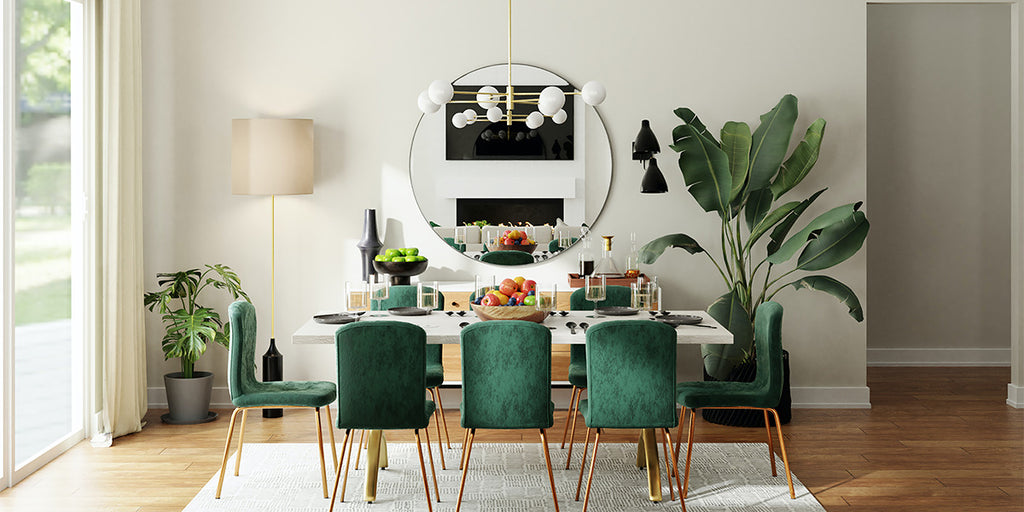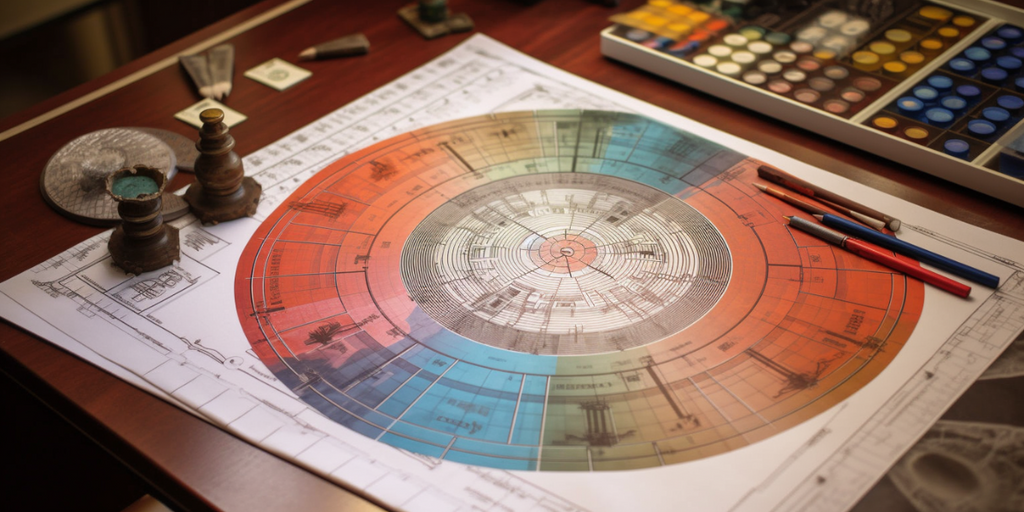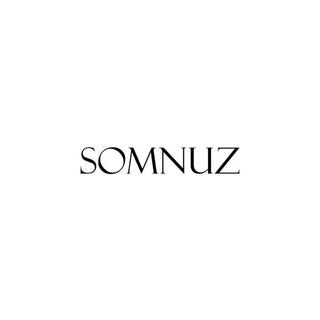If you felt lost in the middle of the hustle of Singapore's city life, finding balance at home might be your key to serenity. This can be through a house feng shui design.
What is a feng shui home design?Feng shui home design focuses on arranging living spaces to enhance balance, harmony, and the flow of positive energy. It considers the following:
|
Singapore interior design is seeing a surge in an ancient practice: Feng Shui.
Yes, it's not just for palaces; it's making waves in HDB flats and BTO home renovations.
Stick around, and we'll show you how this age-old wisdom could be the fresh twist your home needs.
Singapore Interior Design and Home Renovation with Feng Shui Principles

The Five Elements

The Five Elements, also known as the Five Phases or Wu Xing in Chinese, are a fundamental concept in Feng Shui and play a crucial role in creating a harmonious and balanced living environment. These elements – Wood, Fire, Earth, Metal, and Water – are interconnected and constantly interacting with one another in a cycle of creation and destruction. Understanding these relationships can help you make informed decisions when designing or renovating your home.
Wood
Wood represents growth, vitality, and creativity. In a living space, it encourages personal development and fosters a sense of renewal. You can incorporate the Wood element through wooden furniture, plants, or artwork featuring trees and greenery.
Fire
Fire symbolises passion, warmth, and transformation. It can bring energy and excitement to a space, making it ideal for social areas like living rooms. Consider using candles, warm-toned lighting, or decorative items in red, orange, or purple shades to introduce the Fire element.
Earth
Earth embodies stability, grounding, and support. It promotes a sense of calm and nurturing, making it perfect for bedrooms and quiet spaces. To incorporate the Earth element, use earth-toned colours, such as browns and yellows, and natural materials like clay, ceramics, or stone.
Metal
Metal signifies strength, focus, and order. It can add structure and clarity to your living environment, creating a more organised and efficient space. To integrate the Metal element, opt for metallic accents, such as stainless steel appliances, metal-framed mirrors, or artwork featuring geometric patterns.
Water
Water represents flow, abundance, and emotional connection. It can create a soothing and refreshing atmosphere for relaxation and rejuvenation. You can bring the Water element into your home with water features, mirrors, or décor in shades of blue or black.
In Feng Shui, achieving a balance between these Five Elements is essential, as an excess or deficiency of any one element can create disharmony and negatively impact your well-being. By thoughtfully incorporating these elements into your interior design and home renovation, you can create a more harmonious and balanced living space that supports your overall well-being.
The Bagua Map

The Bagua Map, or simply Bagua, is a fundamental tool in Feng Shui. It serves as a blueprint for arranging your living space to optimise energy flow, or Chi, and create a harmonious environment that supports your well-being and life aspirations. The Bagua Map is an octagonal grid of eight areas, or gas, surrounding a central location. Each gua corresponds to a specific life aspect and is associated with one of the Five Elements, a colour, and a range of other attributes.
To use the Bagua Map, follow these steps:
Draw a Floor Plan
Sketch out the floor plan of your home, including all rooms, doors, and windows. Be sure to include any extensions or missing areas, as they will affect the overall energy flow.
Align the Bagua
Place the Bagua Map over your floor plan, aligning the bottom edge of the map with the wall containing your main entrance. This process will allow you to determine which gua corresponds to each area of your home.
Analyse the Guas
Each gua represents a specific life aspect associated with unique attributes. The eight guas and their corresponding life aspects are:
- Wealth & Prosperity (Wood element, purple colour)
- Fame & Reputation (Fire element, red colour)
- Relationships & Love (Earth element, pink colour)
- Family & Health (Wood element, green colour)
- Center (Earth element, yellow colour)
- Creativity & Children (Metal element, white colour)
- Knowledge & Wisdom (Earth element, blue colour)
- Career & Life Path (Water element, black colour)
- Helpful People & Travel (Metal element, grey colour)
Enhance the Guas
Once you've identified the gas in your home, you can begin to enhance them using colours, materials, and objects that correspond to their associated elements.
It's essential to remember that the Bagua Map is not a one-size-fits-all solution. Each home is unique, and you may need to adjust based on your circumstances. Additionally, it's important to maintain a balance between all gas and elements, as overemphasising one area can create disharmony and imbalance in your living environment.
By applying the Bagua Map to your interior design and home renovation projects, you can create a living space that nurtures and supports your well-being, allowing you to thrive in all aspects of life.
Feng Shui Tips for Interior Design and Renovation in Singapore

Here are some practical Feng Shui tips to consider when designing or renovating your home in Singapore:
Clear Clutter and Create Open Spaces
Clutter impedes the flow of Chi and can lead to stagnant energy. Keep your home clean, organised, and clutter-free to promote a positive and uplifting atmosphere.
Prioritise Natural Light and Ventilation
Natural light is essential for creating a vibrant and energetic space. Ensure your home has ample windows, and consider installing light-enhancing features like mirrors or reflective surfaces. Additionally, prioritise proper ventilation to maintain a fresh and healthy environment.
Focus on the Main Entrance
The main entrance is the primary entry point for Chi into your home. Keep the entrance area clean, well-lit, and free of obstructions to welcome positive energy. Consider adding a water feature, plants, or artwork that symbolises abundance and prosperity near the entrance.
Balance the Five Elements
Incorporate the Five Elements (Wood, Fire, Earth, Metal, and Water) in your interior design and renovation to maintain harmony and balance. Use colours, materials, and décor that represent each element and distribute them throughout your home to create a balanced atmosphere.
Use the Bagua Map
Apply the Bagua Map to your home's floor plan to identify areas that correspond to specific life aspects. Enhance these areas with colours, materials, and objects that align with their associated elements to support your well-being and life goals.
Choose Favourable Furniture Placement
Arrange furniture in a way that promotes smooth energy flow and supports comfortable living. For instance, position your bed to have a clear view of the door but not directly in line with it, and ensure your sofa and chairs are arranged to facilitate easy conversation.
Incorporate Curved and Rounded Shapes
Sharp edges and corners can create harsh energy or "sha chi." Use curved or rounded furniture and décor items to soften the energy in your living space and promote a more relaxing and comfortable atmosphere.
Pay Attention to Colour Choices
Colors can have a significant impact on the energy of a space. So choose colours that correspond to the desired element for each room or area, and aim for a balance of warm and cool tones to create an inviting and harmonious environment.
Consider Auspicious Symbols and Artwork
Incorporate artwork and decorative items that symbolise abundance, harmony, and happiness. These could include images of nature, water features, or traditional Chinese symbols, such as the dragon, phoenix, or mystic knot.
Work with a Feng Shui Expert
If you need help incorporating Feng Shui principles into your interior design and renovation project, consider consulting a professional Feng Shui expert in Singapore. They can provide personalised guidance and advice tailored to your needs and circumstances.
Feng Shui Home Layout Quick Tip:Ensure your front door doesn't directly align with a back door or large window. This alignment can cause qi (energy) to flow too quickly through the house, potentially leading to lost opportunities and wealth. Aim for a meandering path of energy instead. |
By implementing these Feng Shui tips in your interior design and renovation projects, you can create a living space that supports your well-being, fosters positive energy, and promotes a balanced and harmonious lifestyle in your Singaporean home.
Are you ready to transform your home into a harmonious and balanced sanctuary promoting health, happiness, and abundance? You don't have to do it alone! Check out Megafurniture's list of top interior designers in Singapore to find the perfect professional to guide you on your interior design and home renovation journey. These talented experts understand the intricacies of Feng Shui. They will work with you to create a living space that reflects your unique personality while adhering to the principles of balance and harmony.
But that's not all! To truly bring your dream home to life, you'll need the right furniture and home essentials that look great and complement your Feng Shui efforts. So head to Megafurniture to explore an incredible selection of thoughtfully curated high-quality furniture and home accessories to help you achieve a stunning and harmonious living space.
HDB feng shui Quick Guide:To apply Feng Shui in HDB flats effectively, focus on ensuring a smooth flow of positive energy:
|



